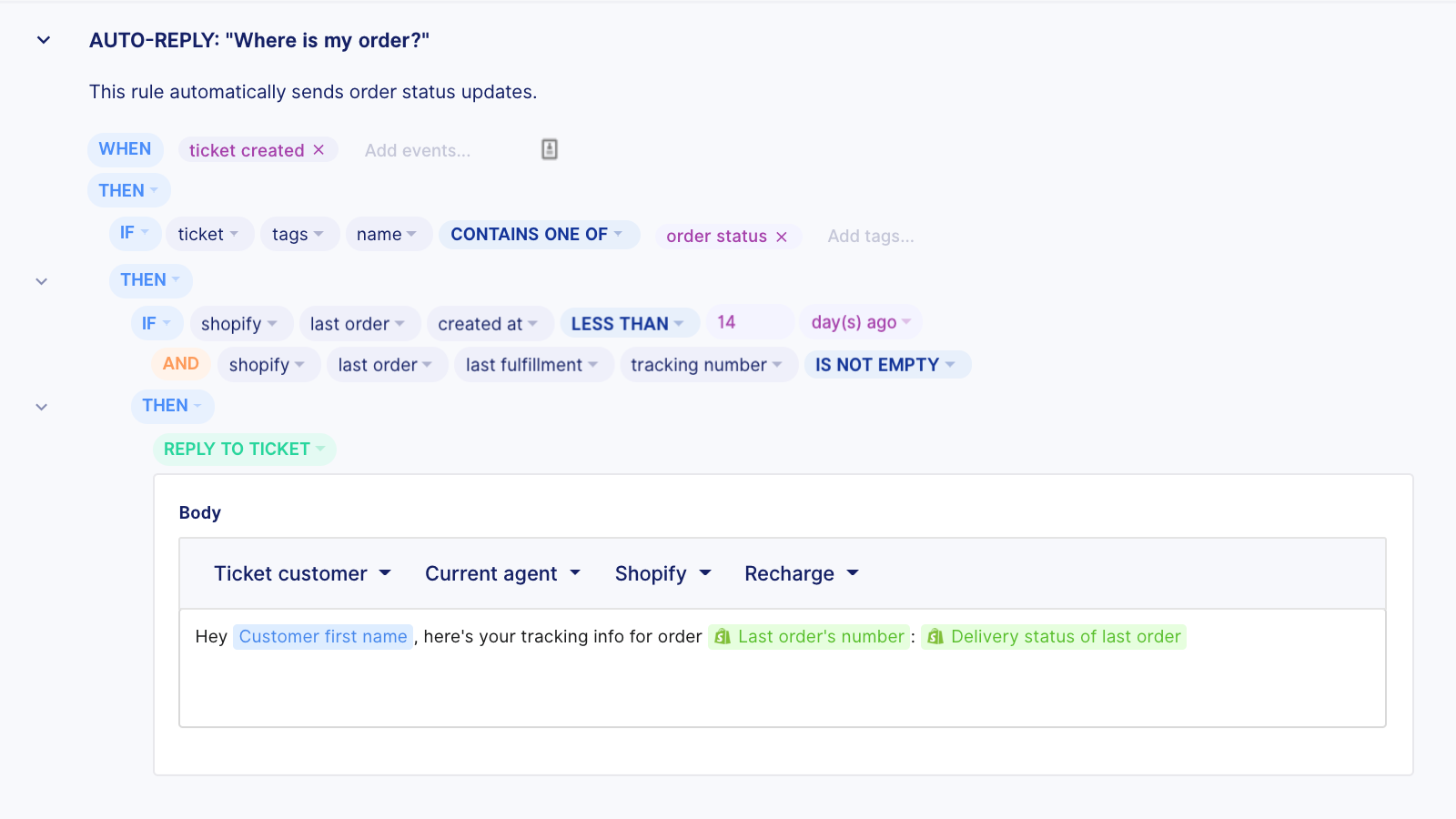5 Top Tips for Online Customer Service Teams in a Challenging Retail Climate
Following our inaugural Tips in Ten YouTube episode, here are five top tips your customer service team can action to improve the online shopping experience for customers during the COVID-19 crisis.
Written By
Swanky

This spring, we launched our Tips in Ten YouTube series, seeking the best advice from our partners to help online retailers adjust to the rapidly changing ecommerce environment. In each 10-minute video, you can engage with hot topics from across the ecommerce industry, and learn key strategies to successfully navigate the COVID-19 retail climate.
For our first episode, our Head of Growth, Matt Abbott, caught up with Lucas Walker, Strategic Partnerships Lead at Gorgias, to discuss the customer service tips that ecommerce merchants can use to improve the online shopping experience for consumers during this uncertain time.
Gorgias is a helpdesk designed for ecommerce stores; it allows your customer service team to manage customer conversations and support across multiple CRM channels, and therefore to deliver an outstanding customer experience much more effectively. Find out more about the benefits of Gorgias in our Ecommerce Spotlight Series.
We’ve rounded up five key takeaways from Matt and Lucas’ Q&A session that we think will be useful for your customer service team. Check them out below, or scroll down for the full video!
#1 Ensure your customer service team have answers prepared for pre-purchase enquiries
Unsurprisingly, shoppers might be more cautious about committing to purchases during this uncertain time, even more so if they haven’t shopped with a particular brand before. Therefore, it makes sense that we’ve seen a trend for consumers to ask brands far more questions before they buy. You need to prepare your customer service team for this.
Often, these are simple pre-purchase questions about products which they have not read the product description or FAQ section for. These questions are easy to respond to quickly, and important to answer — especially when a lot of people are shopping with new online brands. It’s a crucial opportunity to establish a trusting relationships with customers, and encourage them to commit to a purchase.
#2 Be responsive to your customers — wherever and whenever they may need your assistance
Right now you should be as responsive as possible to your customers, whenever and wherever they are asking questions. For example, if you’re running Instagram ads, ensure you take the time to respond to people’s queries on that platform. Similarly, if as a brand you are texting and notifying customers via SMS, be ready to engage with them that way.

Whatever platform your customers are using to ask you questions, be proactive and timely in your responses. (Source: Shopify Apps)
To cope with the influx of online queries and to help your customers make the right purchase, consider transferring some of your instore staff to work the website and online chat.
onsive not only improves revenue, but it can reduce your return rate down the line too!
#3 Record and find ways to automate common customer service tasks
Dedicate time to record the most common customer questions and requests, from “Hi, can I please have an update on my order?” to “How much is shipping?”. Automate answers to these common questions wherever possible. This might mean creating a template for your customer service team to use.

Gorgias enables merchants to set up and send automatic order updates. (Source: Shopify Apps)
This ensures that everyone in your customer service team is using the correct, brand-appropriate language. Plus, during a time where team members could be frequently switching between a number of different tasks, it ensures that those who aren’t used to customer service are doing it right.
Importantly, automation saves time and monotony — the same tasks and information do not have to be completed or typed out repeatedly.
Plus, by providing customers an accurate response as quickly as possible, you will inevitably improve the overall experience that customers have with your brand.
#4 Clearly communicate any disruptions, important updates and key information, such as shipping rates and times
Currently, supply chains are being disrupted and deliveries are taking longer, so it’s important to inform customers of any changes to shipping. For example, two-day shipping may no longer be guaranteed. Transparency is key in order to manage customer expectations.
By being proactive and reassuring customers that you’re tracking packages but not guaranteeing any sort of delivery time, they are more likely to be accepting, and pleased with the buying experience.
Equally, once this important information is well-communicated, the number of enquiries received by your customer service team will inevitably decline.
#5 Find creative ways of turning complaints into opportunities
If it’s fitting with your brand, putting a comical spin on your response to complaints via social media, where appropriate, can be an effective way of showing off your brand personality. This type of creative response can really resonate with your customer base, and help build long standing relationships with them.
Should customers complain about delayed orders during this time, it’s important to be transparent and forthcoming with them; be upfront about any disruptions and why they are occurring. If you’ve cut down your warehouse staff to only a few employees picking and packing, explain that orders will take longer to ship and arrive for this reason.
If your brand offers a loyalty program, this can also be a good time to offer additional loyalty points to make up for any mistakes made with customers’ orders.
Responding like this can actually turn customers into brand advocates, because they want to support conscious brands that look after both their employees and customers.
Check out the full Q&A session with Matt and Lucas below!
Stay up to date with our informative Tips in Ten series by subscribing to our YouTube channel here!

